UNESCO was created in 1945 as a means to help ensure the preservation of our natural, cultural, and intellectual heritage.
Of the nearly 1,000 awe-inspiring UNESCO World Heritage sites, here are a few of our favorites that will be stops on upcoming Holland America Line voyages, including the 2015 and 2016 African & Indian Ocean sailings.
Rotterdam, Netherlands
The Van Nelle Factory (Dutch: Van Nellefabriek) is a former factory building in Rotterdam, Netherlands designed by architects Johannes Brinkman and Leendert van der Vlugt.
It was built constructed between 1927 and 1929 and is now a national monument as an example of the Nieuwe Bouwen, modern architecture in the Netherlands.

Lisbon, Portugal
The enchanting Hieronymites Monastery took 100 years to build, which is evident in every breathtaking detail of the structure from the archways to the intricately carved sculptures out front.
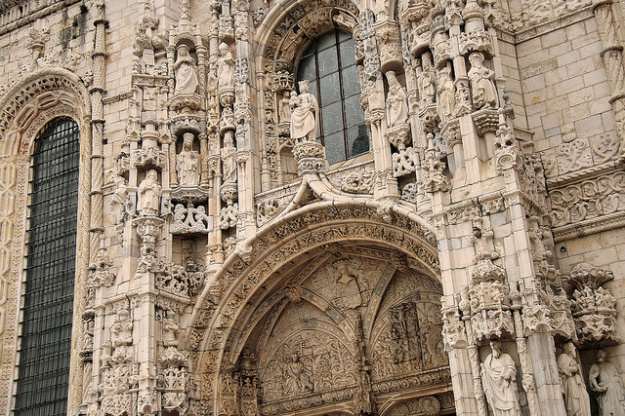
Piraeus (Athens), Greece
The Acropolis of Athens is an ancient citadel located on a high rocky outcrop above the city of Athens and containing the remains of several ancient buildings of great architectural and historic significance, the most famous being the Parthenon.
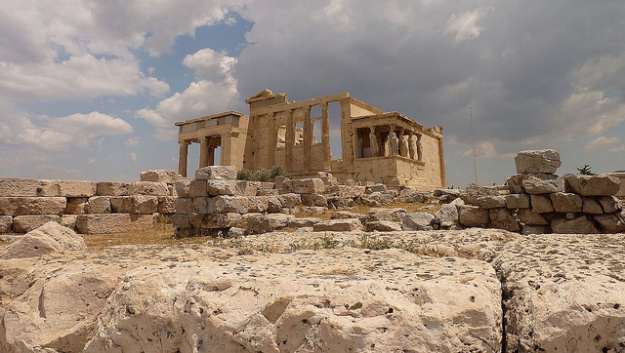
Mozambique
The fortified city of Mozambique is located on this island, a former Portuguese trading-post on the route to India. Its remarkable architectural unity is due to the consistent use, since the 16th century, of the same building techniques, building materials (stone ormacuti) and decorative principles.
— From UNESCO
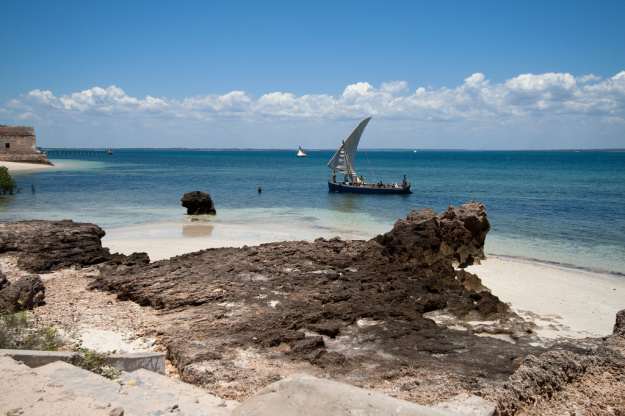
Morocco
The Portuguese City of Mazagan – one of the early settlements of the Portuguese explorers in West Africa on the route to India – is an outstanding example of the interchange of influences between European and Moroccan cultures, well reflected in architecture, technology, and town planning.
— From UNESCO
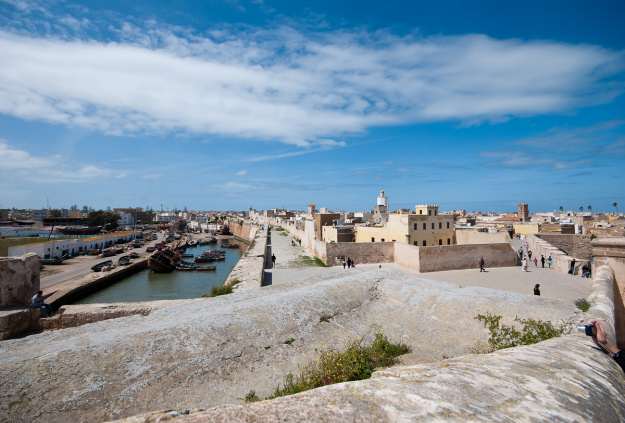
Dakar, Senegal
The island of Gorée lies off the coast of Senegal, opposite Dakar. From the 15th to the 19th century, it was the largest slave-trading centre on the African coast. Ruled in succession by the Portuguese, Dutch, English and French, its architecture is characterized by the contrast between the grim slave-quarters and the elegant houses of the slave traders.
–From UNESCO
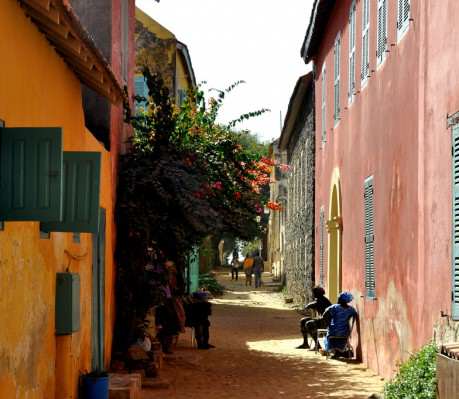
Historic Cairo, Egypt
Second only to the Pyramids in Giza, the ancient temple ruins at Karnak in Luxor are a must see for any traveler who ventures to Europe. “Founded in the 10th century, it became the new centre of the Islamic world, reaching its golden age in the 14th century.” – From UNESCO
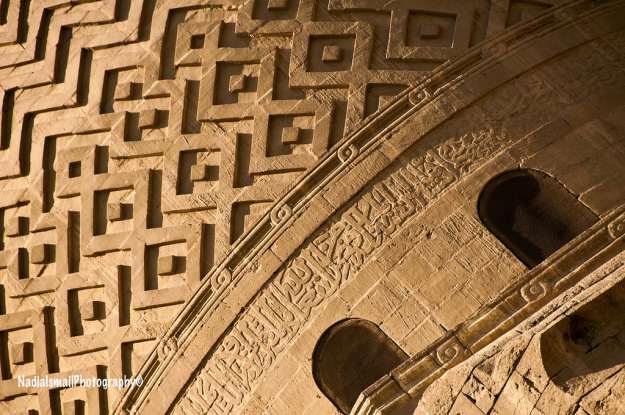
Have you visited any UNESCO sites? We’d love to hear about your favorites, chat with us any time on Facebook!
If not, we always say there is no time like the present to start planning for your next adventure!



